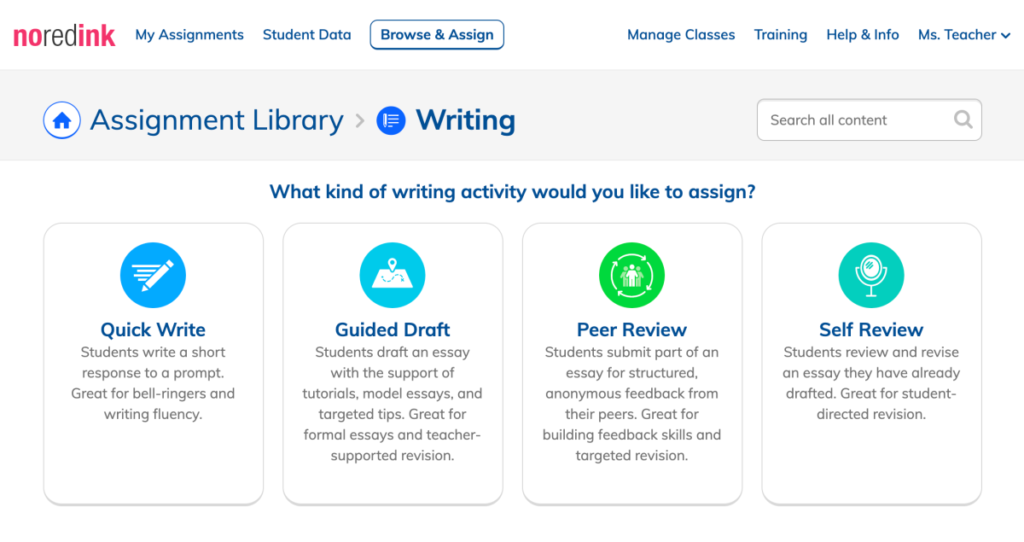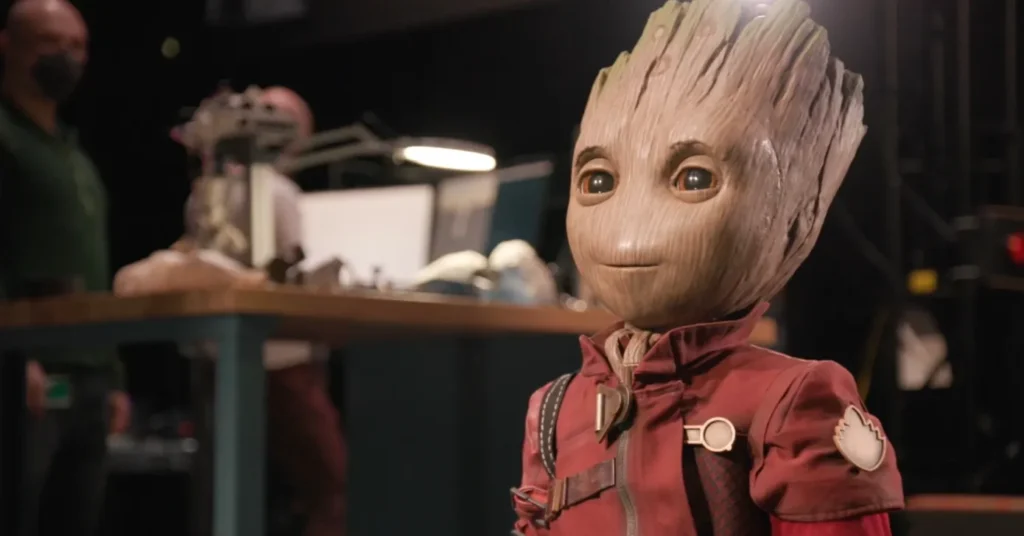When Nvidia CEO Jensen Huang states, “One of the most exciting problems to solve in AI today is building foundation models for general humanoid robots,” it’s difficult to disagree. One of the most contentious issues in the field of robotics today is the humanoid form factor, which is attracting a ton of startup funding but also a great deal of criticism.
Nvidia naturally wants a cut. With projects like Jetson and Isaac, the chip giant has emerged as perhaps the most significant hardware player in artificial intelligence. More recently, it has been establishing a strong case for itself as a catalyst for robotic innovation. The business is putting its flag in the humanoid race this week at its annual GTC developer conference with Project GR00T, which might or might not be a reference to Marvel’s illeist talking space tree.
The new platform is described as “a general-purpose foundation model for humanoid robots” by the chipmaker. For the influx of businesses that have recently entered the market, such as 1X Technologies, Agility Robotics, Apptronik, Boston Dynamics, Figure AI, Fourier Intelligence, Sanctuary AI, Unitree Robotics, and XPENG Robotics, the company is essentially developing an AI platform. That includes almost all of the well-known manufacturers of humanoid robots at the moment, with a few noteworthy exceptions like Tesla.
A comment from co-founder and chief robotics officer Jonathan Hurst gives Agility more attention in the announcement: “We are at a turning point in history, with human-centric robots like Digit poised to change labor forever.” The development of modern AI will quicken, opening the door for robots like Digit to assist humans in all facets of daily life. We are thrilled to work with NVIDIA to fund the processing power, modeling tools, machine learning settings, and other infrastructure requirements to make the goal of having robots in everyday life a reality.
Humanoid Robotics Are Enlisted by Nvidia
CEO and co-founder of Sanctuary AI, Geordie Rose, adds his thoughts as well: “Embodied AI will create innovations that are currently beyond our reach or imagination, in addition to helping address some of humanity’s biggest challenges.” Because this kind of technology shouldn’t be developed in silos, we give priority to enduring partners like NVIDIA.
Additionally, GR00T will support newly released Nvidia hardware. Jetson Thor, a new computer created especially for performing simulation workflows, generative AI models, and more for the humanoid form factor, is keeping things in the Marvel Cinematic Universe. Although I still advise against using phrases like “general purpose” to describe these devices carelessly, Nvidia’s strong involvement in the market validates the category and will probably speed up development.
Notes from Nvidia about the new silicon:
In order to execute multimodal generative AI models like GR00T, the SoC has a next-generation GPU based on NVIDIA Blackwell architecture with a transformer engine that delivers 800 teraflops of 8-bit floating point AI capability. It greatly streamlines design and integration efforts with its integrated functional safety processor, 100GB of Ethernet bandwidth, and high-performance CPU cluster.
Even though general purpose is still several years away, granting third-party developers more access will help close the gap.
Two more significant robotics initiatives, Isaac Manipulator and Isaac Perceptor, were announced this week at GTC. For many years, manipulation has been a fundamental component of robotics. The enormous industrial robotic arms that are now standard equipment in the car industry led the way. The following generation will be significantly more mobile and even more nimble. Nvidia naturally wants a share of the action.
“With a comprehensive library of foundation models and GPU-accelerated libraries, Isaac Manipulator provides robotic arms with cutting-edge dexterity and modular AI capabilities,” the business states. “It boosts efficiency and throughput by up to 80x in path planning and zero shot perception, allowing developers to automate more new robotic tasks.”
Several well-known companies have already joined Nvidia, including Yaskawa, Franka Robotics, PickNik Robotics, READY Robotics, Solomon, and Universal Robots.
Perceptor, an autonomous mobile robotics system, is another example of how AMRs are being loved. Nvidia has traditionally concentrated on vision processing for robotics, and this program keeps that concentration. Specifically, “multi-camera, 3D surround-vision capabilities” are the focus of this. BYD, KION Group, and ArcBest have already committed.
Nvidia hopes to get a piece of the exciting competition between mobile manipulators and humanoids for market share that will unfold over the next few years.
$50 million Series B is raised by NoRedInk to support students in improving as writers.

You can improve as a writer by reading aloud what you’ve written.
That was among the very first and greatest writing advice I ever got. The advice always struck me as odd because it demanded that I switch up the format of my work in order to improve as a writer. Even after all these years, it remains true: speaking aloud makes it easier to see errors and partial sentences. It also helps you catch more subtle issues like strange rhythms in your sentence structure or odd phrase turns. The best part is that you can be sure readers will get tired with your own writing if you get bored reading it aloud.
All of this is to imply that writing is a fundamentally human skill based on obscure rules, even for those who adore writing. Although those issues don’t exactly cry out for a technological answer, San Francisco-based startup NoRedInk has dedicated over ten years to using software to assist students in improving their writing.
Today, NoRedInk announced that company has raised a $50 million Series B headed by Susquehanna Growth Equity and including True Ventures. The curriculum for digital writing combines adaptive learning with Mad Libs-style suggestions. The company also has investors such as GSV, Rethink Education, and Kapor Capital.
The company’s intention to scale significantly in the upcoming months and years is indicated by the funding event, which occurs almost six years after its Series A. However, NoRedInk’s largest obstacle—the complexity of the subject matter it seeks to simplify—must be overcome with millions more.
NoRedInk was founded and is led by Jeff Scheur, who taught English in Chicago in 2012. The website was a way to assist children in getting more than just “red ink” on their papers—a reference to the red ink that teachers frequently use to indicate comments and errors on assignments.
According to Scheur, “kids receive feedback on their paper and are unsure of what to do with it.” “They notice the grade, but they usually disregard it. In order to help [students] apply really hard to acquire abilities that we expect youngsters to know but don’t explicitly teach them, I started designing tools.
Since its founding, NoRedInk has worked to support students with their writing needs, covering everything from essay organization to removing superfluous detail from their arguments to proper citation.

He stated, “Demystifying the process of becoming a great writer without diminishing the art form of expression is one of the great challenges of teaching writing.” Thus, it entails giving them a ton of focused, individualized practice and assisting them in realizing that there is no one right way tremendous write.
So, it makes logical that NoRedInk employs adaptive learning, a teaching strategy that leverages an algorithm to gather student input (such as preferences or strength areas) and produce an output that more closely matches the learners’ current level of proficiency. NoRedInk asks students about their favorite characters and role models, then tailors writing activities to fit their interests. Then, it provides them with light guidance while they write.
One of NoRedInk’s objectives, according to Scheur, is to “break down difficult to learn skills with various degrees of scaffolding.”
With over 10 billion exercises performed on NoRedInk’s practice engine to date, the company has data that it utilizes to highlight areas of concern, common challenges, and potential blind spots in traditional curriculum for its districts.
Teachers can use a free, limited-featured version of NoRedInk’s platform, but the company also sells a full-featured premium edition that interfaces with other classrooms and learning management systems to provide a district and school with a perspective of progress.
NoRedInk may need to go further into drafts as the company grows in order to capture market share. Will it ever be able to recommend tone in the same way as Grammarly, an AI-based grammar tool, and writing unicorns do? It doesn’t seem to be right now.
“Grammarly is a fantastic consumer app; it’s a contemporary take on Microsoft Word’s Grammar spellcheck from years ago,” Scheur remarked. “NoRedInk is incredibly different; districts and schools use it to teach skills.”



